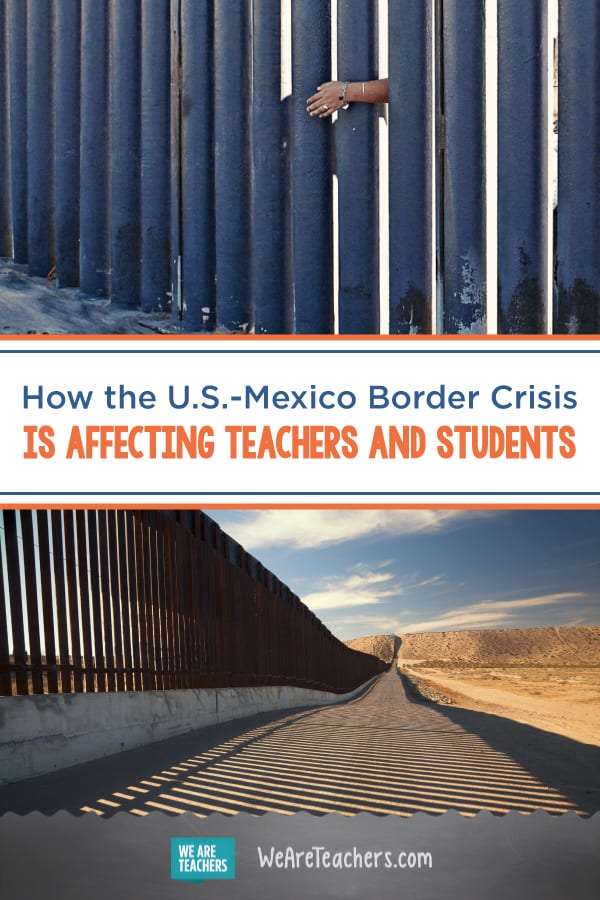This year, the number of people who are apprehended crossing the U.S.-Mexico border is hitting record numbers. Many are families and children escaping violence, hunger, and conflict in Central America. Once they are in the U.S., children are enrolling in schools across the country.
Even for teachers who don’t have recent refugees in their classrooms, immigration policies are impacting classrooms on a daily basis. And current events that are connected to immigration, like the mass shooting in El Paso, affect students. A survey of more teachers and administrators across 730 schools by the Civil Rights Project at UCLA found that the majority (64%) of teachers surveyed reported that students were concerned about immigration policies and how they’d affect them, their families, and their communities.
Here are 7 ways that the crisis at the border is impacting classrooms:
An influx of students
Districts from Florida to Wyoming are seeing an increase in students who are recent immigrants. These students may have experienced trauma coming to the U.S., may not have had consistent schooling in their home country, and often speak little to no English. It’s not a new thing for many teachers who tackle the needs of English language learners everyday. But the sheer number of students makes this situation different.
Classrooms full of fear
Perhaps the biggest impact is the uptick in fear. Students who have family members that are at risk are afraid that their parents may be deported by the time they get home from school. Their classmates are concerned as well; two-thirds of teachers polled by the Civil Rights Project reported that classmates were also afraid for their peers who were at risk. Students who are afraid may come to school carrying the bag of their most prized possessions, just in case. They may be too distracted by what’s happening at home to complete work, and their peers are worried and unsure of how to help.
It’s affecting kids in all kinds of classrooms
While most of the schools that are dealing with this increase in schools in the South, the fears about immigration reach across the country. And, they’re not just hitting kids who are recent refugees. The vast majority (88%) of children with at least one immigrant parent are American citizens.
Increase in emotional and behavior concerns
Perhaps not surprising, based on what we know about childhood trauma, more than 90% of administrators polled by the Civil Rights Project saw emotional and behavior problems that stemmed from what’s happening with immigration. (Read more about how to help children who have experienced trauma.)
More student absenteeism
Especially when raids are announced, teachers notice more students absent from school, meaning that students miss instruction, many miss meals, and schools lose out on funding.
Academic performance suffers
More than 60% of teachers surveyed said that students’ academics declined because of recent events. Students aren’t focused in class and are too distracted to complete work.
Current events surface in conversation
Current events can collide, as they did in the the mass shooting in El Paso. When events like this happen, you may have students asking questions or nervous that the same thing could happen to them. In that case, reassure them that they are safe in your class, ask open-ended questions, acknowledge their feelings, and refer them for more support if needed.
Teachers are stressed
The UCLA Civil Rights Project also found that teachers and administrators are feeling stressed and anxious about the immigration situation. In particular, they’re feeling helpless and unable to help their students or calm fears. It’s added an emotional component to an already emotional job.
Have you seen the impact of the current refugee crisis and immigration policies in your classroom? Share in our WeAreTeachers HELPLINE group on Facebook.
Plus, the best books about refugees and immigration for kids.


